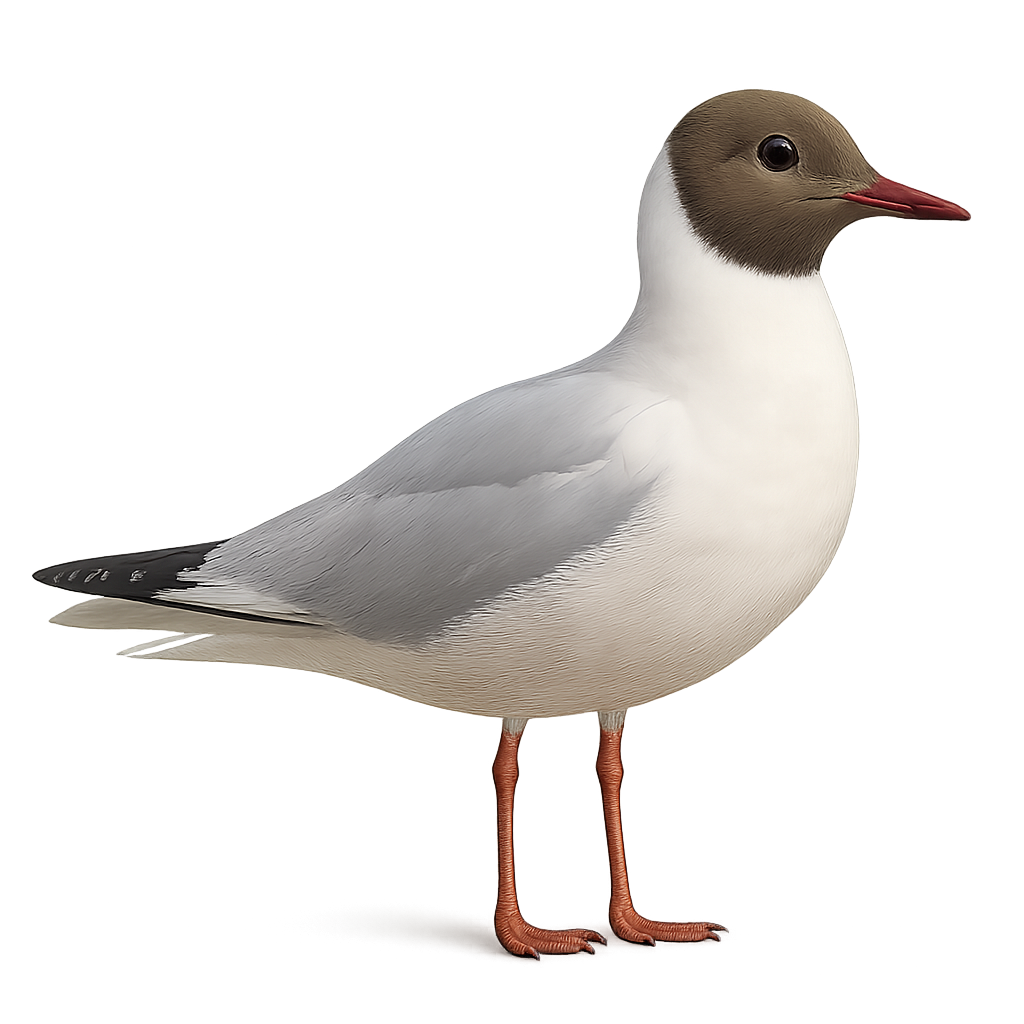Your wildlife photography guide.
Explore the black-headed gull in detail, study its behavior, prepare your shots.
Where to observe and photograph the black-headed gull in the wild
Learn where and when to spot the black-headed gull in the wild, how to identify the species based on distinctive features, and what natural environments it inhabits. The WildlifePhotographer app offers tailored photography tips that reflect the black-headed gull’s behavior, helping you capture better wildlife images. Explore the full species profile for key information including description, habitat, active periods, and approach techniques.
Black-headed gull
Scientific name: Larus ridibundus

IUCN Status: Least Concern
Family: LARIDAE
Group: Birds
Sensitivity to human approach: Suspicious
Minimum approach distance: 15 m
Courtship display: April to May
Incubation: 22-26 jours
Hatchings: April to June
Habitat:
Coastal areas, harbors, estuaries, rivers
Activity period :
Primarily active during the day, with peak activity in the morning and late afternoon.
Identification and description:
The black-headed gull is a small gull easily recognized by its black head (in summer), white plumage, and light gray wings. It is primarily found in Europe and Asia and is often seen near bodies of water, in harbors, and estuaries. It is omnivorous, feeding on small fish, insects, and sometimes human scraps. This gull is also known for its aerial acrobatics, often seen flying and diving into the water to catch its food.
Recommended lens:
400 mm – adjust based on distance, desired framing (portrait or habitat), and approach conditions.
Photography tips:
Photograph the black-headed gull using a telephoto lens to capture the details of its plumage and aerial acrobatics. It is best to photograph early in the morning or late in the afternoon when the light is soft and the bird is more active. Be ready to capture the moment when the gull dives into the water or takes flight, keeping in mind its quick behavior.
The WildlifePhotographer App is coming soon!
Be the first to explore the best nature spots, track rutting seasons, log your observations, and observe more wildlife.
Already 1 439 wildlife lovers subscribed worldwide

